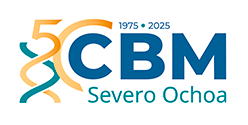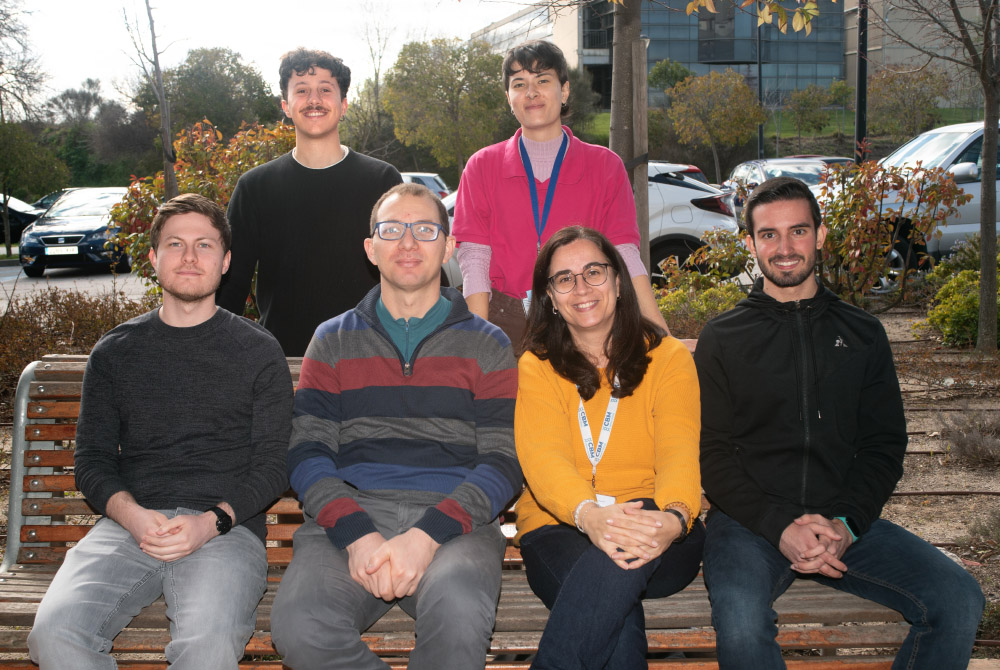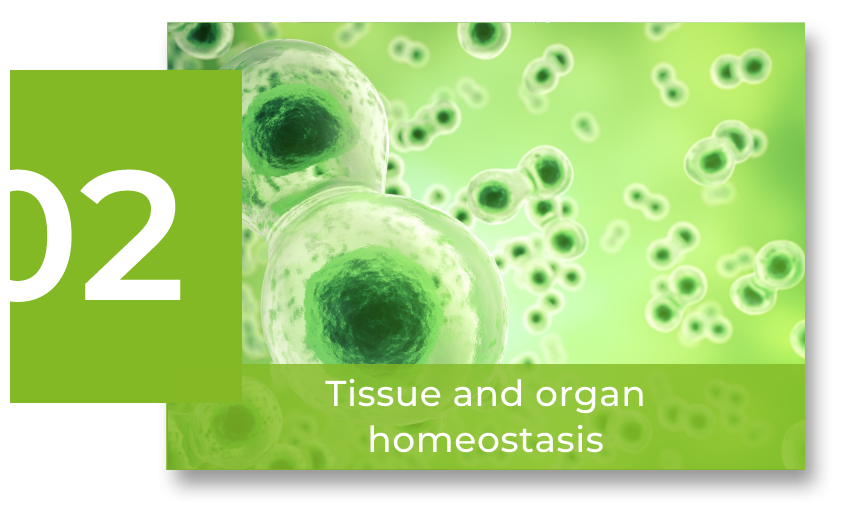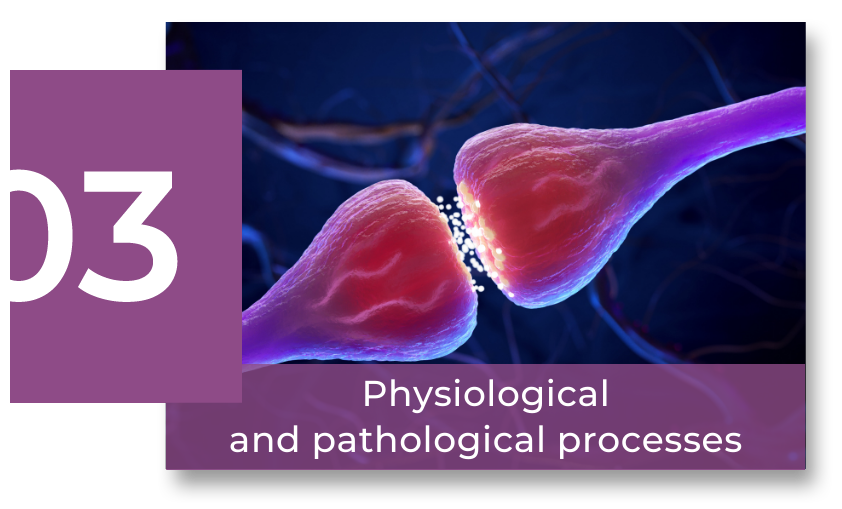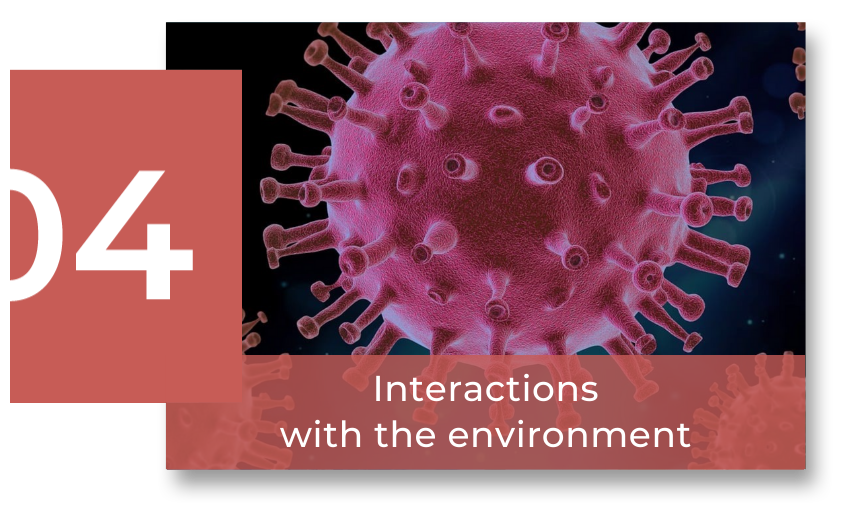Scientific Program
Tissue and organ homeostasis
RESEARCH GROUP
Transcriptional regulation of brain cortex development

Leonardo Beccari
How does the non-coding genome regulate brain cortex development? We employ a combination of human brain organoid cultures, CRISPR genome editing, and –omic approaches to characterize the sequences controlling neurodevelopmental gene expression. Additionally, we explore how chromatin 3D organization and epigenetic state control contribute to both normal and pathogenic gene regulation.
Research
The cerebral cortex is the most complex structure of our body, and it is responsible for our sensory and motor functions, consciousness, emotions etc. It is structured in six layers, composed of a wide variety of activatory (glutamatergic) and inhibitory (gabaergic) neurons. These different neuronal types are generated during embryonic development via a process called neurogenesis, in which neural stem cell-like progenitors give rise to the different neuronal types either directly (direct neurogenesis) or via generation of more committed and fast amplifying precursors (indirect neurogenesis), generally referred to as intermediate progenitors.
The identity and behaviour of neural precursors and their progeny is controlled by complex gene regulatory networks integrated by developmental genes expressed in a dynamically and precisely in time and space. Changes in the expression of these developmental genes have been associated with a wide variety of neurodevelopmental alterations and brain disorders, but changes in gene regulation have also been correlated with the evolution of the human cortex.
Our research addresses the study of the transcriptional mechanisms that control the expression of human neurodevelopmental genes and how its alteration leads to pathological brain conditions using human brain organoids (3D aggregates derived from human iPS or ES cells which recapitulate the development and organization of the human embryonic cortex) as model system and combining genome editing, transgenesis methods in human iPS cells and NGS approaches for the characterization of chromatin transcriptional, epigenetic and 3D conformational profiles. Our investigations currently focus on two main research areas:
1) Characterization of the cis-regulatory code of human neurodevelopmental genes and of the role of chromatin 3D organization in their transcriptional control
Developmental genes are often controlled by combinations of Cis-Regulatory Elements (CREs) which can sit far from their target loci (up to 1 Mb), and interact with them through chromatin loops. Gene regulatory landscapes are organized in 3D domains called TADs (Topologically Associated Domains): megabase-scale structures which constrain interactions between DNA loci, thus favouring long-range contacts between enhancers and promoters, while preventing off-target interactions. Therefore, the interplay of chromatin architecture and CRE activity plays a central role in the control of developmental gene expression. It is now well established that mutations impacting CRE activity or TAD architecture have profound effects on embryonic nervous system development and functions. While the investigation of chromatin epigenetic and conformational profiles has allowed the identification of over a million of sequences with putative regulatory functions in the human genome (aprox 50.000 of which active in the human fetal), only a minor proportion of them have been characterized functionally. Even less is known about how mutations impacting the activity and/ or interactions of these regulatory sequences lead to changes in gene expression and, ultimately, to brain alterations/disorders. The use of brain organoids as a model system for the study of human neurodevelopmental gene regulation allows to overcome the limitations related to the strong genetic divergence of the human non-coding genome compared to that of other mammalian/vertebrate model species, while harnessing the amenability of human iPS/ES cells for genetic manipulations.
We combine transgenesis and genome editing approaches to functionally characterize the regulatory sequences controlling the expression of key neurodevelopmental genes. Besides, we investigate how mutations in these sequences impact their activity and lead to changes in the expression of their target genes. One of the main loci of interest of our group is the human TBR2 gene, which encodes for a transcription factor with critical role in the neurogenic process, controlling the proliferation/differentiation of intermediate progenitors and for which it has been described that a large genomic inversion spanning its putative regulatory landscape has been associated with severe brain developmental alterations. Finally, we investigate how the complex 3D chromatin organization of human neurodevelopmental loci contributes to their regulation by combining chromatin conformation capture techniques (HiC, 4Cseq) and other omic- approaches for the characterization of chromatin epigenetic and transcriptional profiles with the use of CRISPR/Cas9 genome editing to produce genomic deletions/ inversions altering the 3D organization of the regulator domains of neurodevelopmental loci.
2) Characterization of the epigenetic mechanisms controlling human neurodevelopmental gene expression.
Gene expression is strongly regulated at the epigenetic level, which includes the post-translational modification of histones as well as the control of nucleosome composition and compaction. Ultimately, these changes modulate the access of transcription factor and transcriptional machinery to gene regulatory sequences and their target loci, impacting their activity and allowing the inheritance of cell transcriptional states. While epigenetic modifiers are generally broadly expressed across cell types and developmental stages, their loss of function is often associated with brain developmental alterations. We investigate the epigenetic mechanisms that contribute to the regulation of human cortical neurogenesis process and how their alteration lead to brain pathological conditions.
Particularly, we are currently addressing the role of the CHD2 gene, a member of the CHD family of chromatin remodelers, which exploit the energy of ATP hydrolisis to modify nucleosome histone composition and compaction. Mutations in CHD2 coding sequence have been associated with a wide spectrum of neurodevelopmental disorders, including epileptic encephalopathy, autism, cognitive deficit, microcephaly etc. In fact, CHD2 is the epigenetic modifier most frequently mutated in epileptic disorders in humans. We combine CRISPR genome editing and human brain organoid cultures with the next-generation sequencing of chromatin epigenetic and transcriptional profiles to study (i) the molecular mechanisms by which CHD2 contributes to the generation of glutamatergic and gabaergic cortical neurons, and (ii) how mutations in this gene impact cortex development leading to the variety of pathological phenotypes observed in patients.
Group members

Raquel Marco Ferreres
Lab.: 426 Ext.: 4720
raquel.marco(at)cbm.csic.es

Leonardo Beccari
Lab.: 426 Ext.: 4720
lbeccari(at)cbm.csic.es

Jorge Mañes García
Lab.: 426 Ext.: 4720
jorge.manes(at)cbm.csic.es

Andrea Díaz López
Lab.: 414 Ext.: 4828
Selected publications
Title
Authors
Title
Authors
Title
Authors
Title
Authors
